Hey there, our awesome San Miguel de Allende family! today we’re diving into something truly wild. You know how we all love a good bite, right? Well, get this: many of the delicious goodies we munch on every day actually have their roots in some of the most intense moments in history – wartime! Who knew that necessity could be so incredibly tasty?
It’s pretty mind-blowing when you think about it. The need for practical, storable, and sometimes just plain comforting food during conflicts led to some serious culinary breakthroughs. So, buckle up, because we’re taking a tasty tour through history and revealing the wartime origins of some of your pantry staples.
Foods That Got Their Start During War
Here’s a rundown of some surprising foods that were born or became popular during times of conflict:
-
Americano Coffee: Picture this: World War II, Europe. American soldiers, used to their diner coffee, found Italian espresso a bit too strong. Their solution? Adding hot water! And just like that, the “Americano” was born, a softer version of espresso that’s now a global favorite.
-

-
SPAM: This canned meat sensation, created in the U.S. in 1937, became a wartime hero. It was high in calories, affordable, and didn’t need refrigeration, making it perfect for feeding troops far from home. It was truly the ultimate portable protein during the war.

-
Margarine: Invented in France back in 1869, margarine became super important during the 20th century’s big wars. Why? Because it was a much cheaper alternative to butter when resources were scarce, keeping kitchens running even on a tight budget.

-
Instant Soup: Fast forward to post-World War II Japan, 1958. Momofuku Ando created instant ramen as a way to combat food shortages. It was a game-changer – quick, easy, and satisfying, exactly what people needed during rebuilding times.

-
Nutella: During wartime, cocoa was hard to come by. An Italian pastry chef got clever, mixing what little cocoa he had with hazelnuts, sugar, and fat to make it go further. The result? That irresistible spread we all know and love today!

-
Banana Bread: This comforting classic really took off during World War II. With sugar and eggs rationed, people used ripe bananas as a natural sweetener and binding agent, making a delicious treat out of what they had available.

-
Red Velvet Cake: This striking cake became a symbol of comfort during tough times, including the Great Depression and World War II. Its distinctive color and moist texture offered a bit of indulgence when things were bleak.

-
Oatmeal Raisin Cookies: During the World Wars, raisins became a common and nutritious alternative to chocolate chips. These cookies were an accessible and hardy snack that could be made with readily available ingredients.

-
Evaporated and Condensed Milk: Invented in the 19th century, these milks became essential during the 20th century wars. Their long shelf life without refrigeration made them vital for feeding soldiers and civilians alike.

-
Baking Powder: The development of baking powder, starting in the 1850s during the American Civil War, was a big deal. It made baking easier and more practical when fresh yeast was difficult to preserve and transport.

-
Cake Mix: After World War II, cake mixes became a symbol of the American post-war era. They made baking more convenient and accessible for families, fitting into a new lifestyle of ease and efficiency.

-
Corn Flakes (and other industrial cereals): These breakfast staples gained a lot of traction during World War I. Their practicality and ease of distribution made them a good option for feeding large populations quickly.

-
Cheetos: Believe it or not, Cheetos were created after World War II, leveraging food dehydration technology that had been developed during the conflict. Talk about turning military tech into cheesy goodness!

-
M&M’s: Developed in 1941, these chocolate candies were inspired by a similar treat eaten by soldiers during the Spanish Civil War. The genius? They were designed not to melt in the heat, making them perfect for troops.

Pretty wild, right? It just goes to show you that even in the toughest situations, human ingenuity (and a craving for something good to eat) can lead to amazing things. So, next time you’re enjoying any of these treats, give a little nod to history!
What’s your favorite food on this list that surprised you the most? Let us know!
Until next time, keep it delicious,
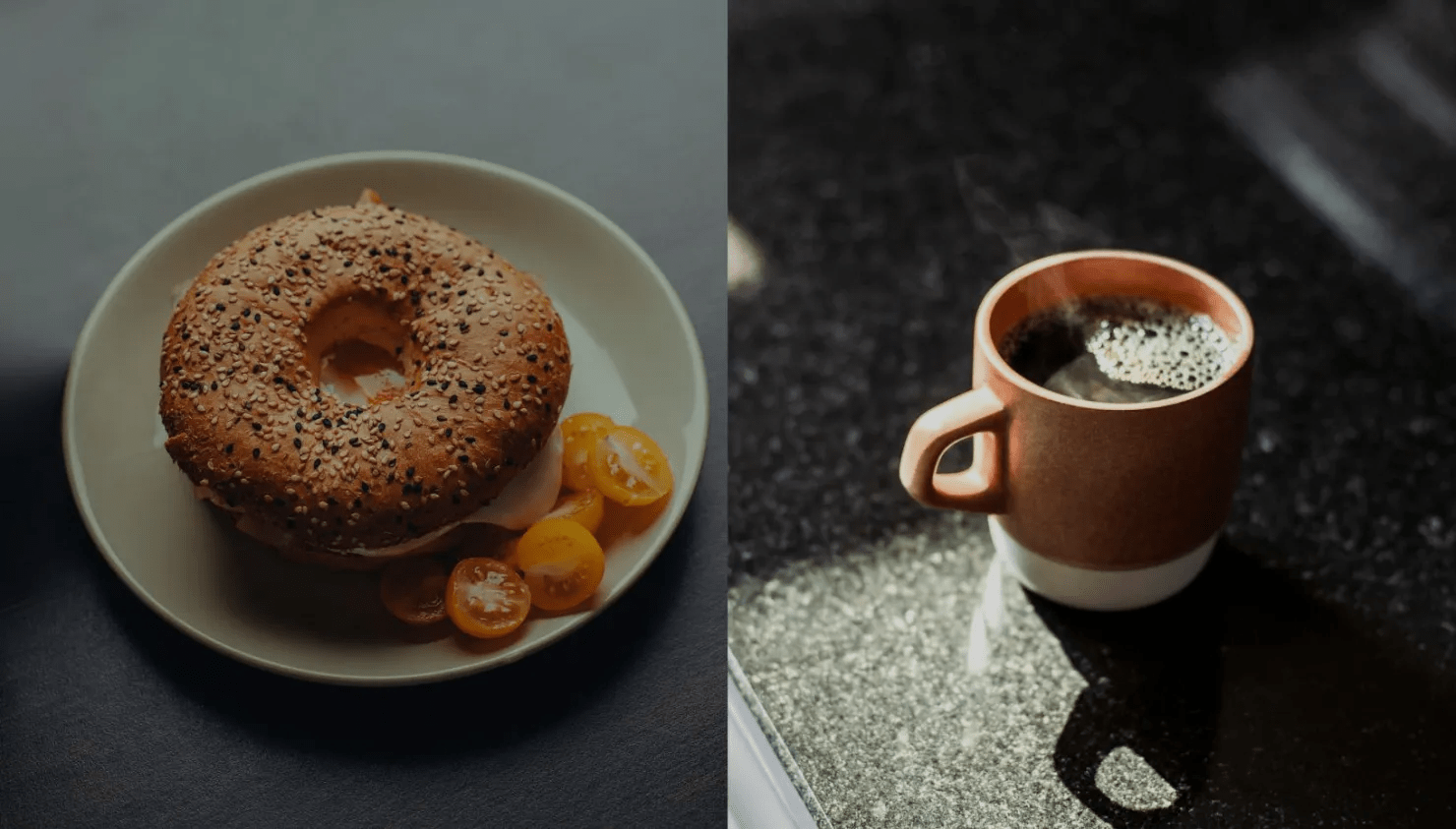
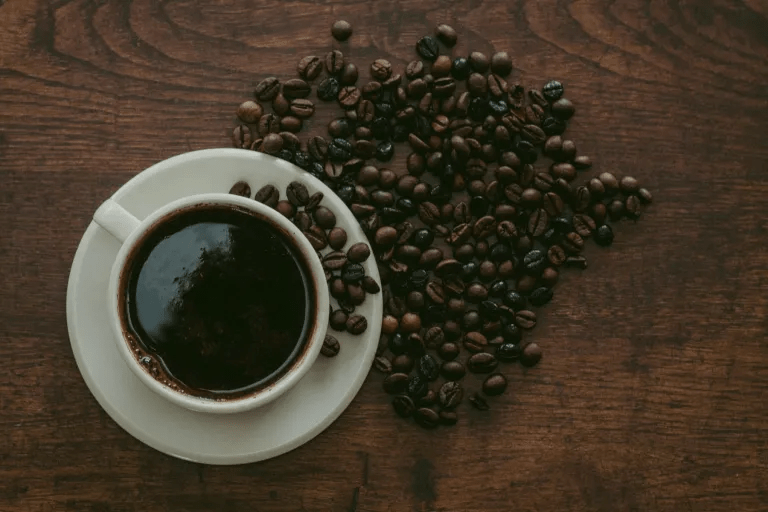
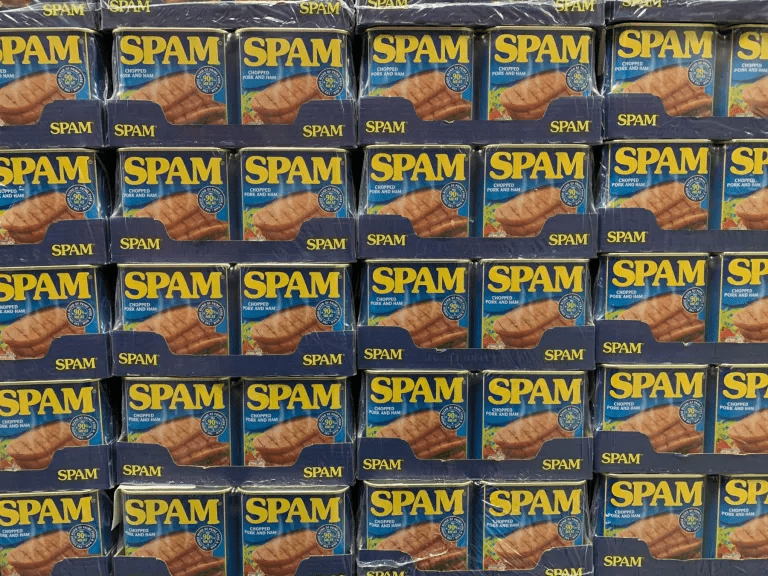
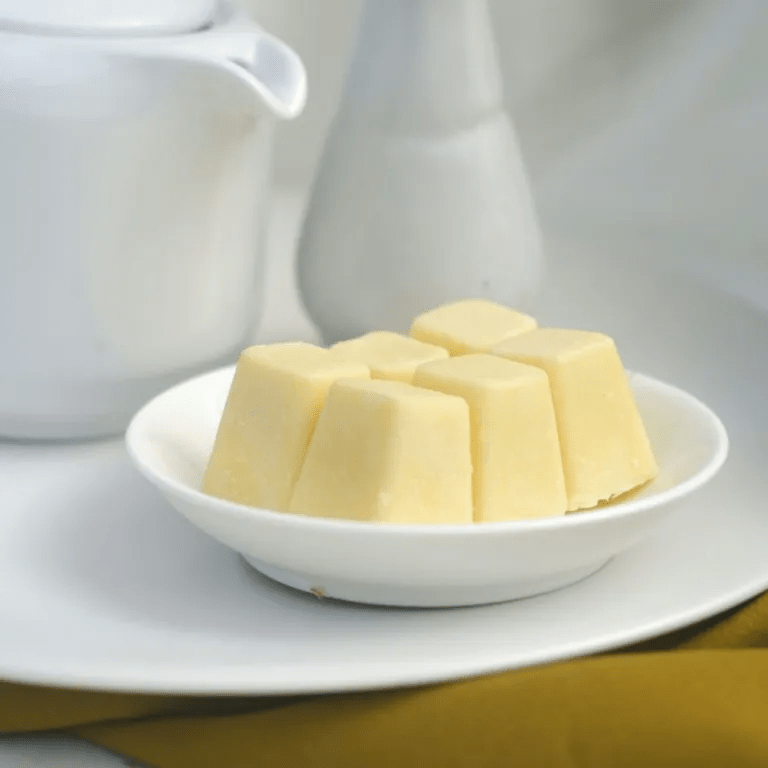
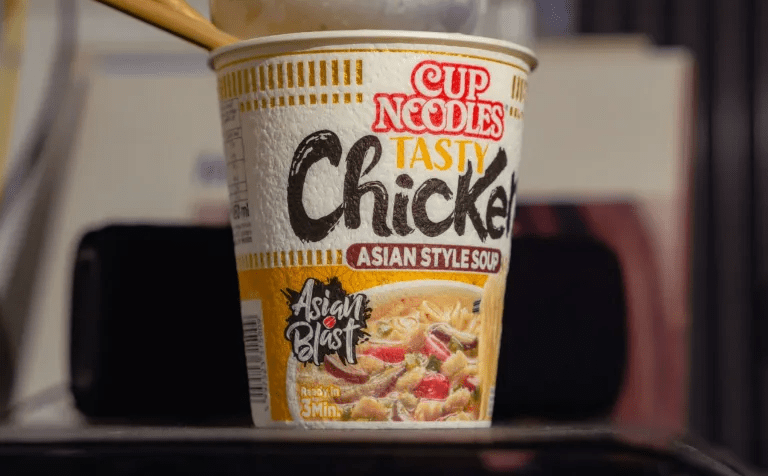
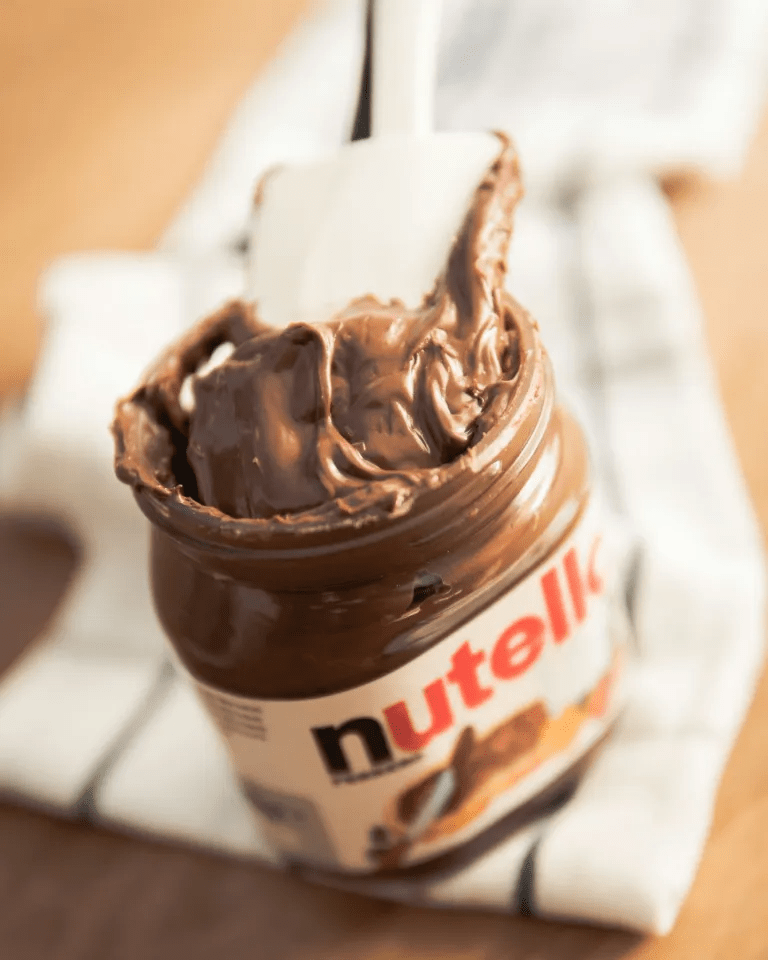
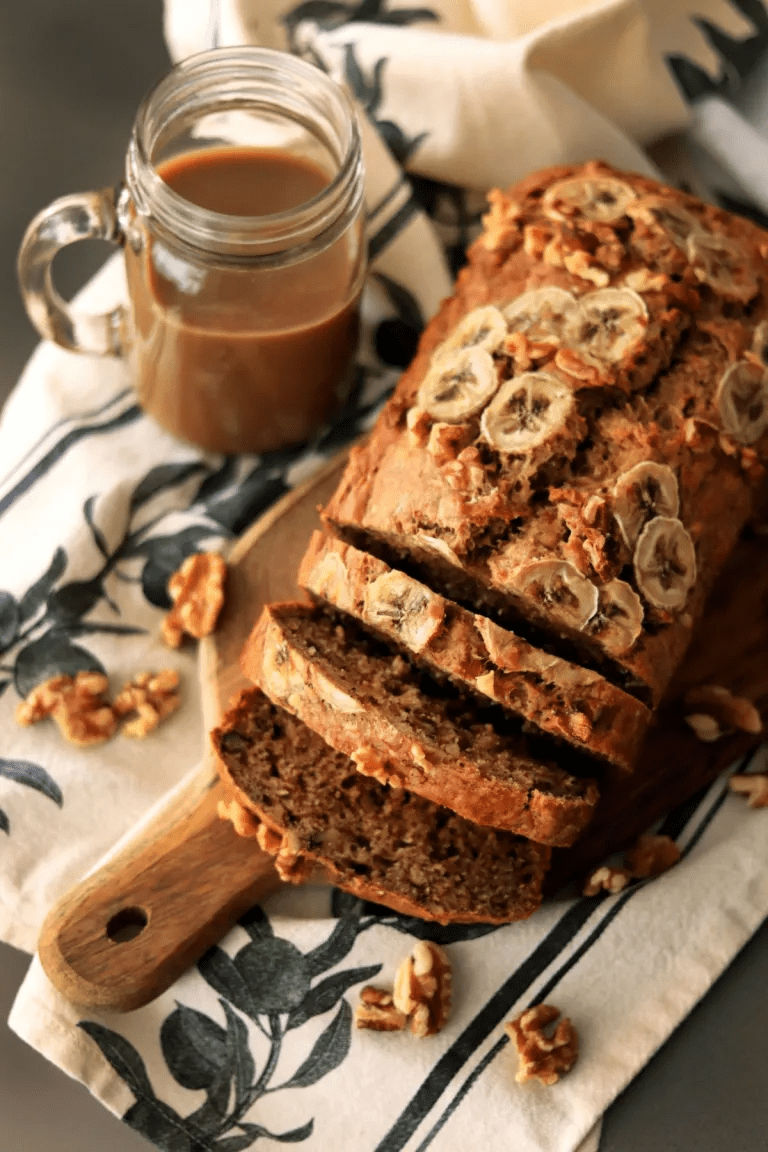
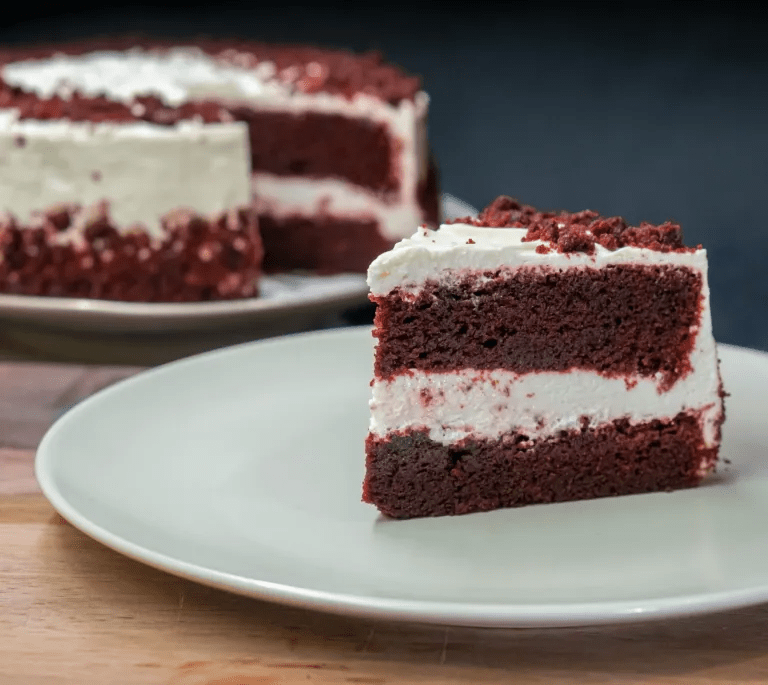

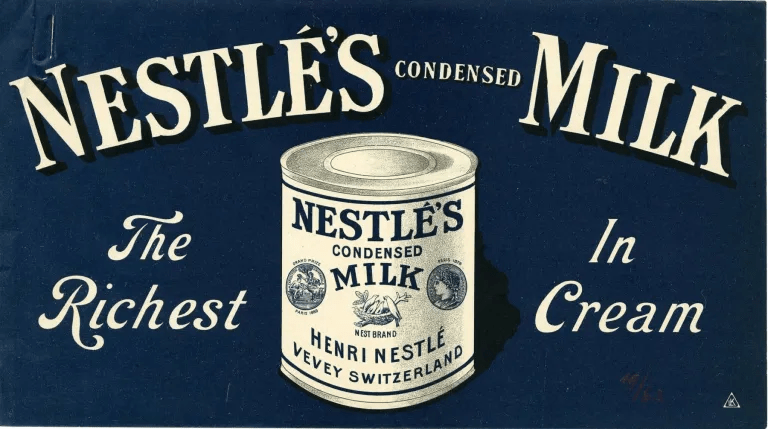

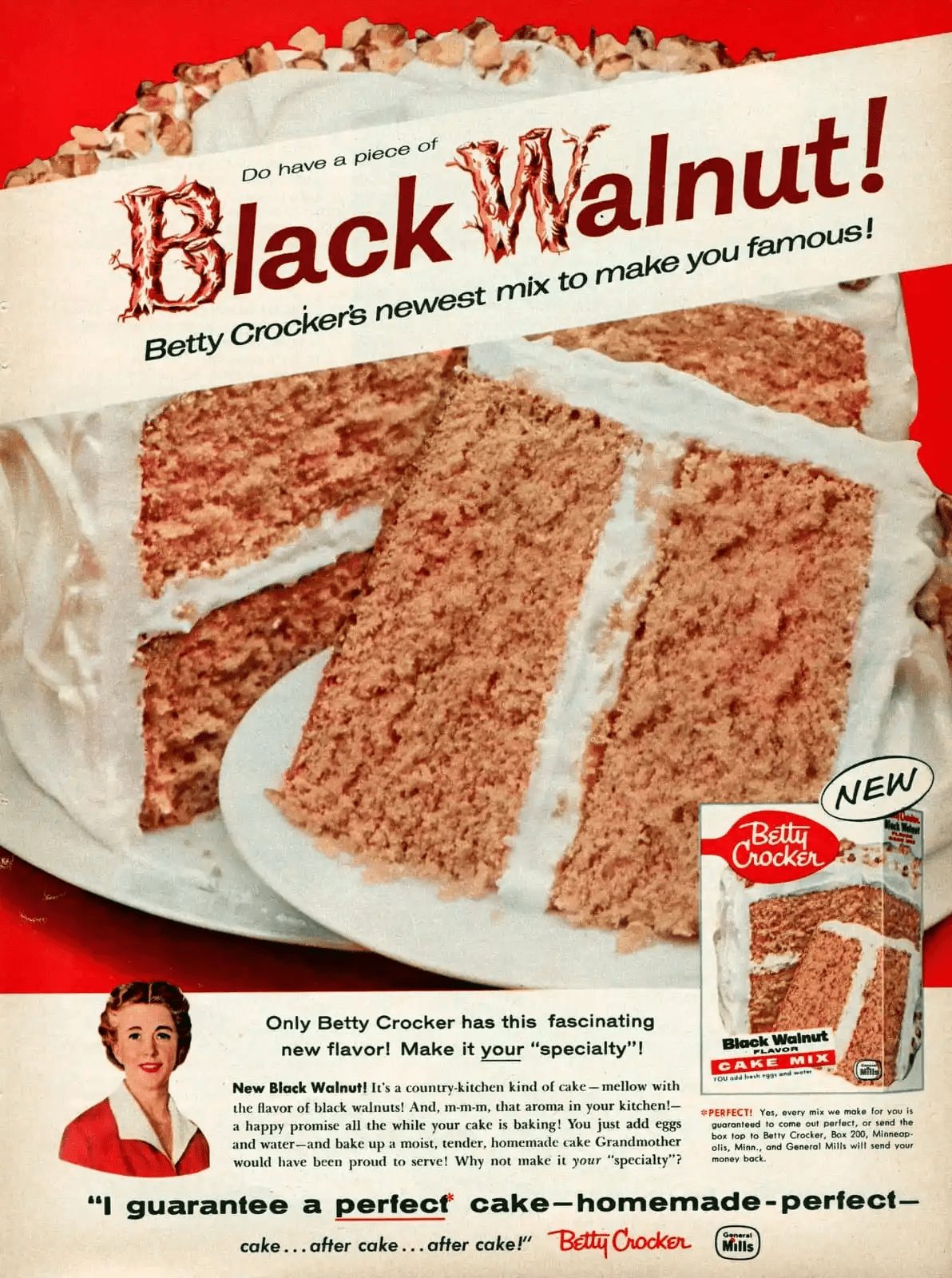
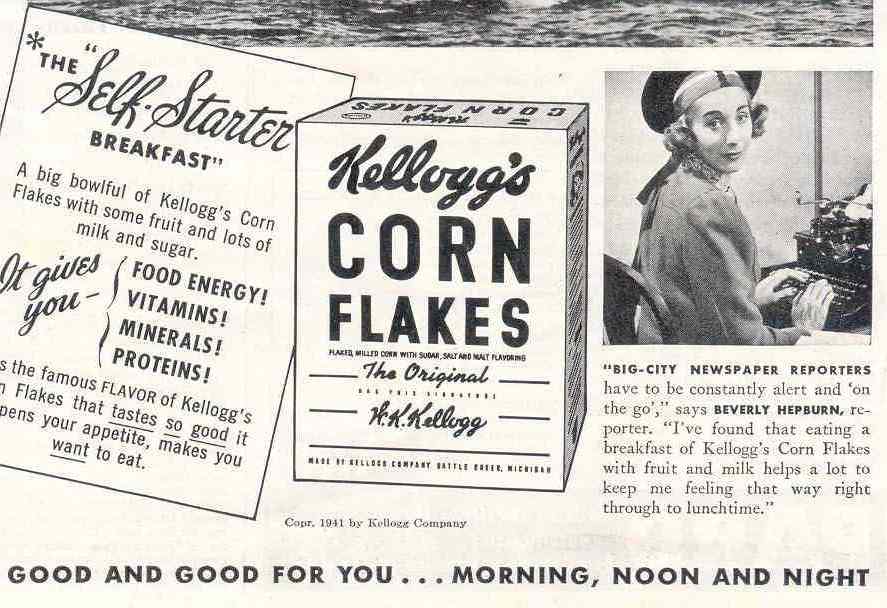
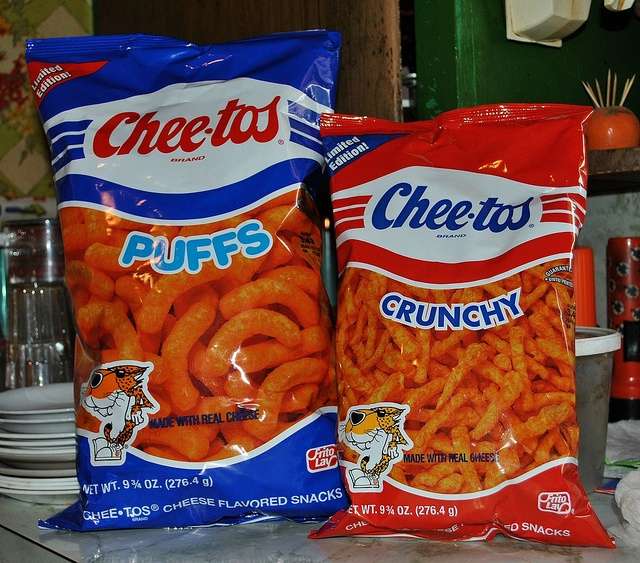
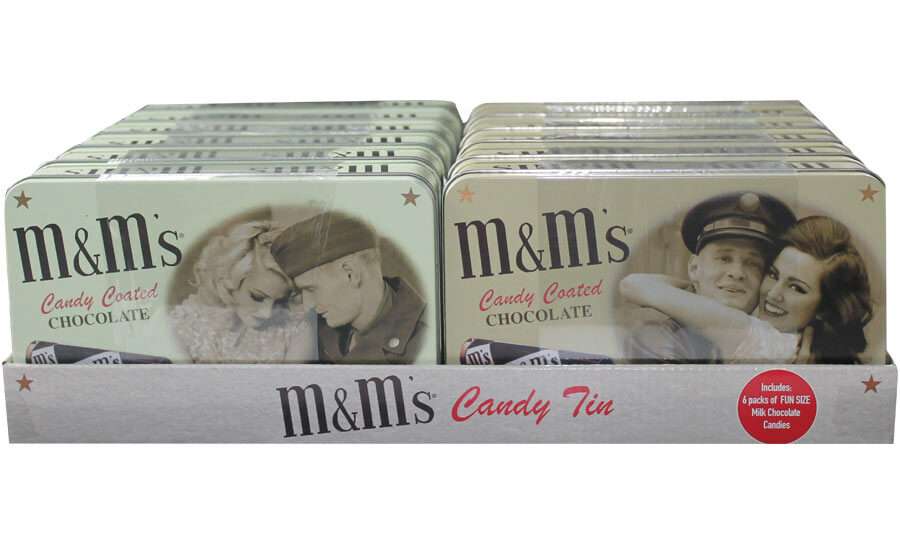
Leave a Reply